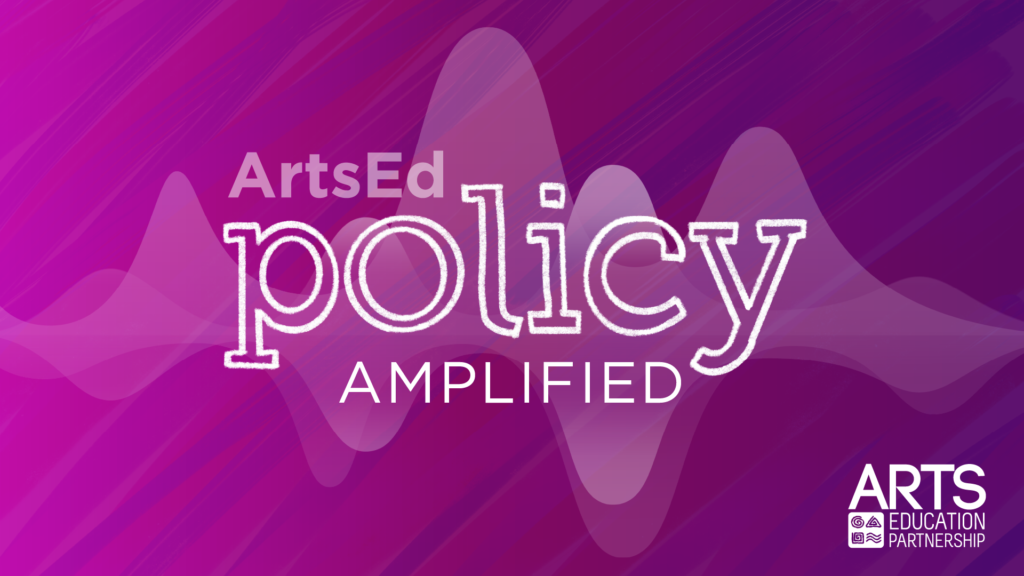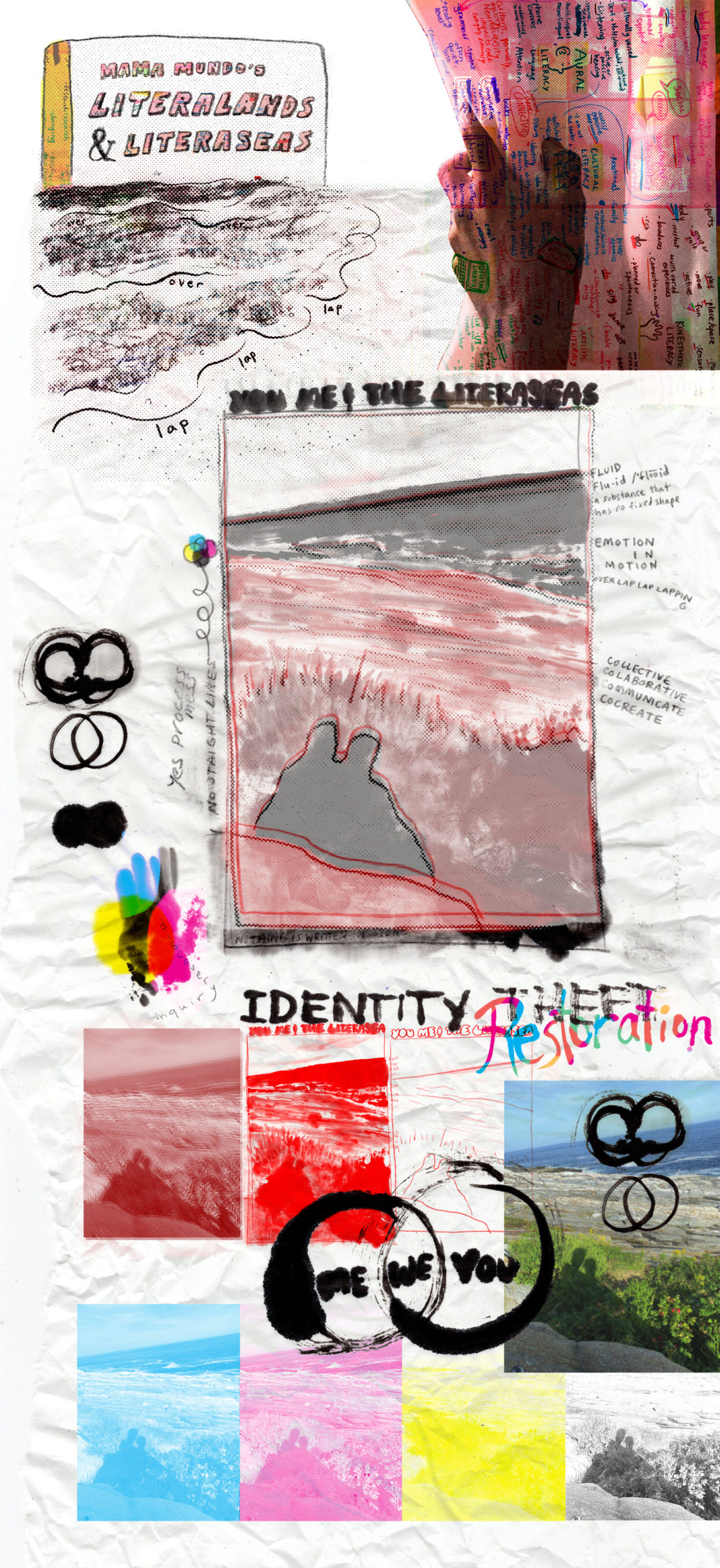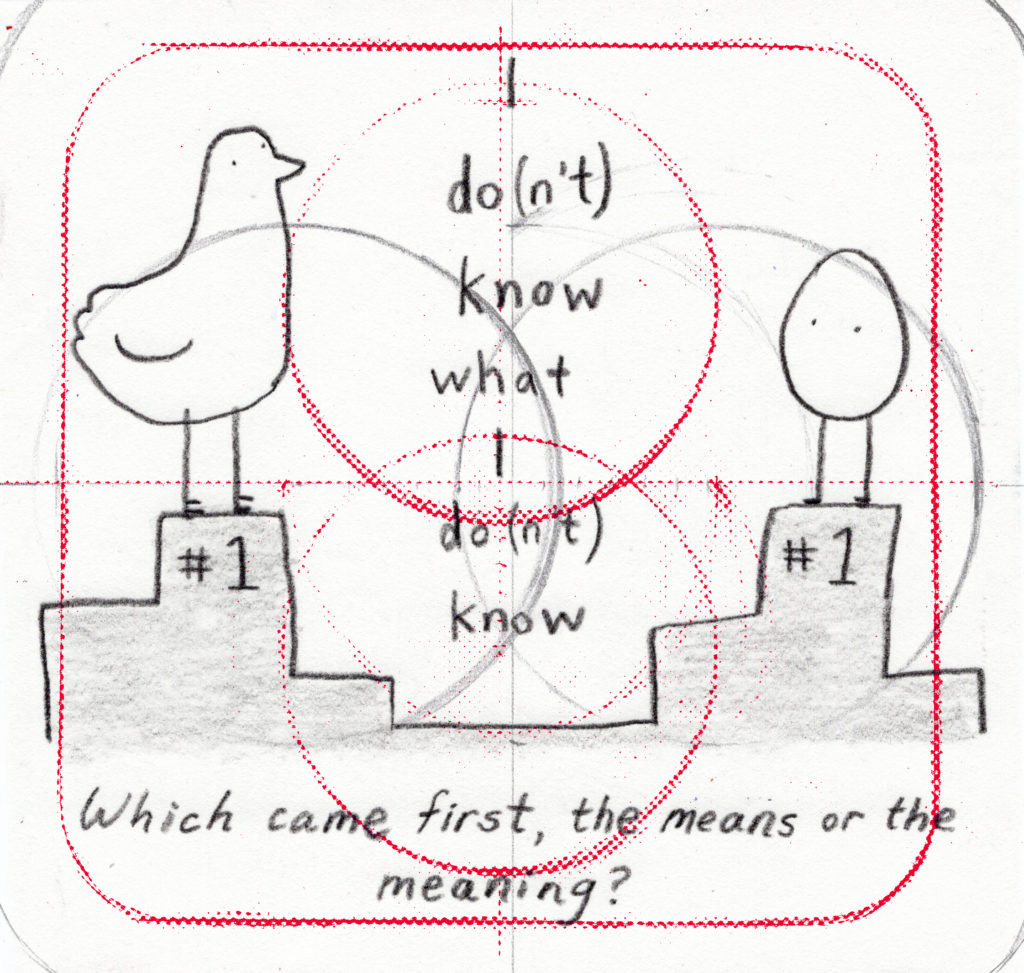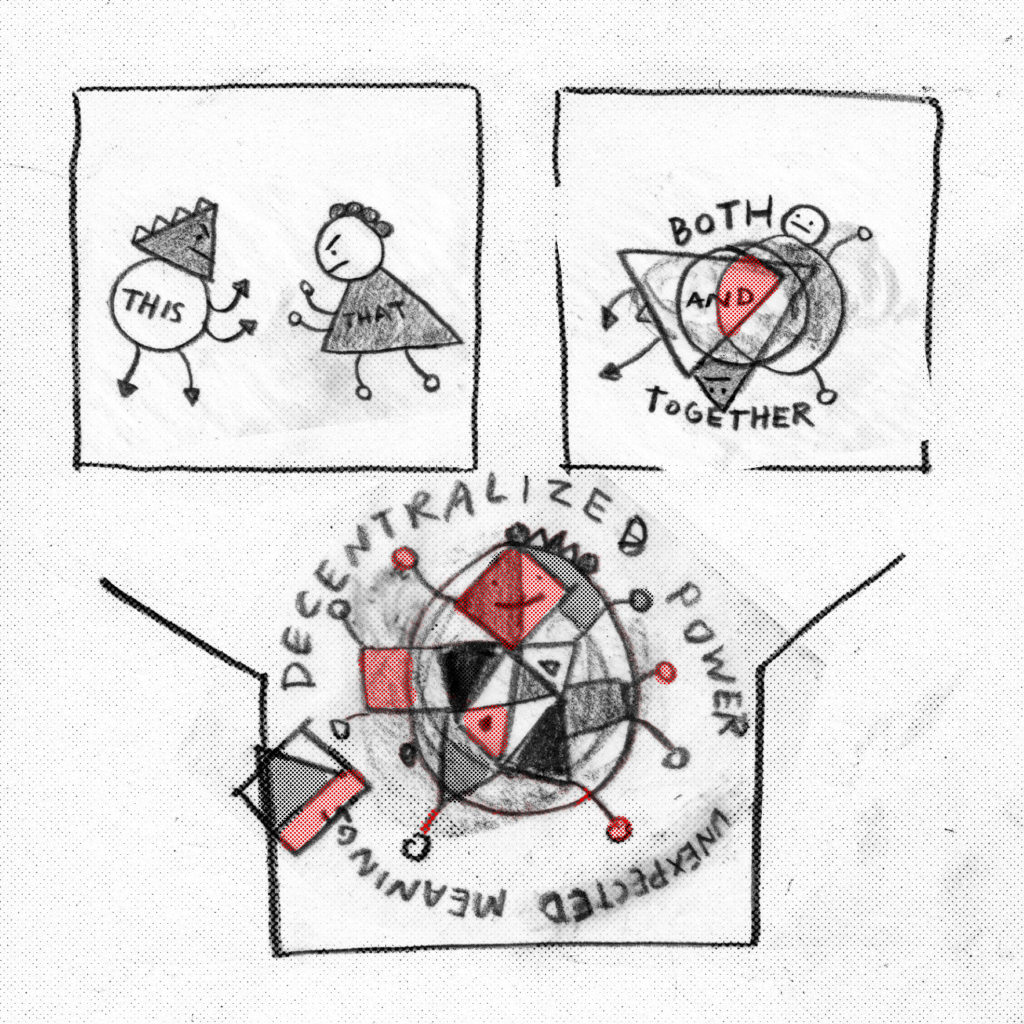Sowing the Seeds of Social Change: Arts Education as a Source of Hope, Healing and Agency

Since 1937, the National Guild for Community Arts Education (a partner organization of the Arts Education Partnership) has been committed to ensuring that all Americans realize their creative potential, with quality arts education available to all. Our member organizations – community schools of the arts, arts and cultural centers, preparatory programs, arts education divisions and more – play a critical role in providing creative learning opportunities to communities across the country. They have shown that self-expression, creativity and skill-building have exponential impact and that arts education makes a significant contribution to addressing many of our most pressing of health and social issues.
Educational and social policymakers are increasingly focused on social-emotional learning and trauma-informed practice. Why? Because studies affirm the powerful positive impact of this work and, beyond that, reveal the deep need for it to counter negative cycles rooted in hopelessness. Anti-social and problematic behaviors in youth have been conclusively traced to damage done by institutional racism, toxic environments and structural violence, which leave whole communities traumatized and hopeless. Theory and practice have shown that providing spaces and opportunities for youth and communities to heal, hope, imagine and create can be transformational for individuals and communities.
Dr. Shawn Ginwright, a national expert on youth development – who will present at the 2017 National Conference for Community Arts Education – studied the research and pinpointed the crucial role of hope and healing in achieving positive youth outcomes. “Youth development and civic engagement strategies designed to engage America’s most disconnected young people will only be successful to the extent that they address hopelessness and create opportunities to heal from socially toxic environments and structural violence. Success is dependent upon healing from these issues.”
Arts education is uniquely effective at meeting this need, as a natural source of healing, hope, imagination and agency. The National Guild fosters a growing movement to engage intentionally in this healing effect. Learning how to identify and creatively address the effects of psychological, physical, emotional and historical trauma is becoming a critical aspect of the work of art educators, both in and out of school.
“Imagining, but also having a space to create, is essential to social change and civics. However, as our public schools dismantle art education, particularly in communities where folks are freedom dreaming endlessly, community art-based educational programs sow the seeds of social change, progressive ideas, and our future,” explains Bettina Love, professor of educational theory and practice. “Writing, drawing, acting, composing, spittin’ rhymes and/or dancing help individuals explore their world, while developing the confidence and life skills to be agents of social change. Therefore, art instruction provides more to communities than just the art itself: it is the key ingredient to a better world.”
This November, the Guild will bring together many experts and practitioners of this kind of transformative work at our conference in San Francisco and Oakland. Sessions will highlight effective practices for increasing impact, improving participation, growing programs and advocating for more equitable access to arts education. The 2017 National Conference for Community Education will be held in the Bay Area, Nov. 15-18, 2017. See our full conference program, which includes sessions on all aspects of community arts education.
This blog is a guest post by Jonathan Herman, executive director at National Guild for Community Arts Education.



